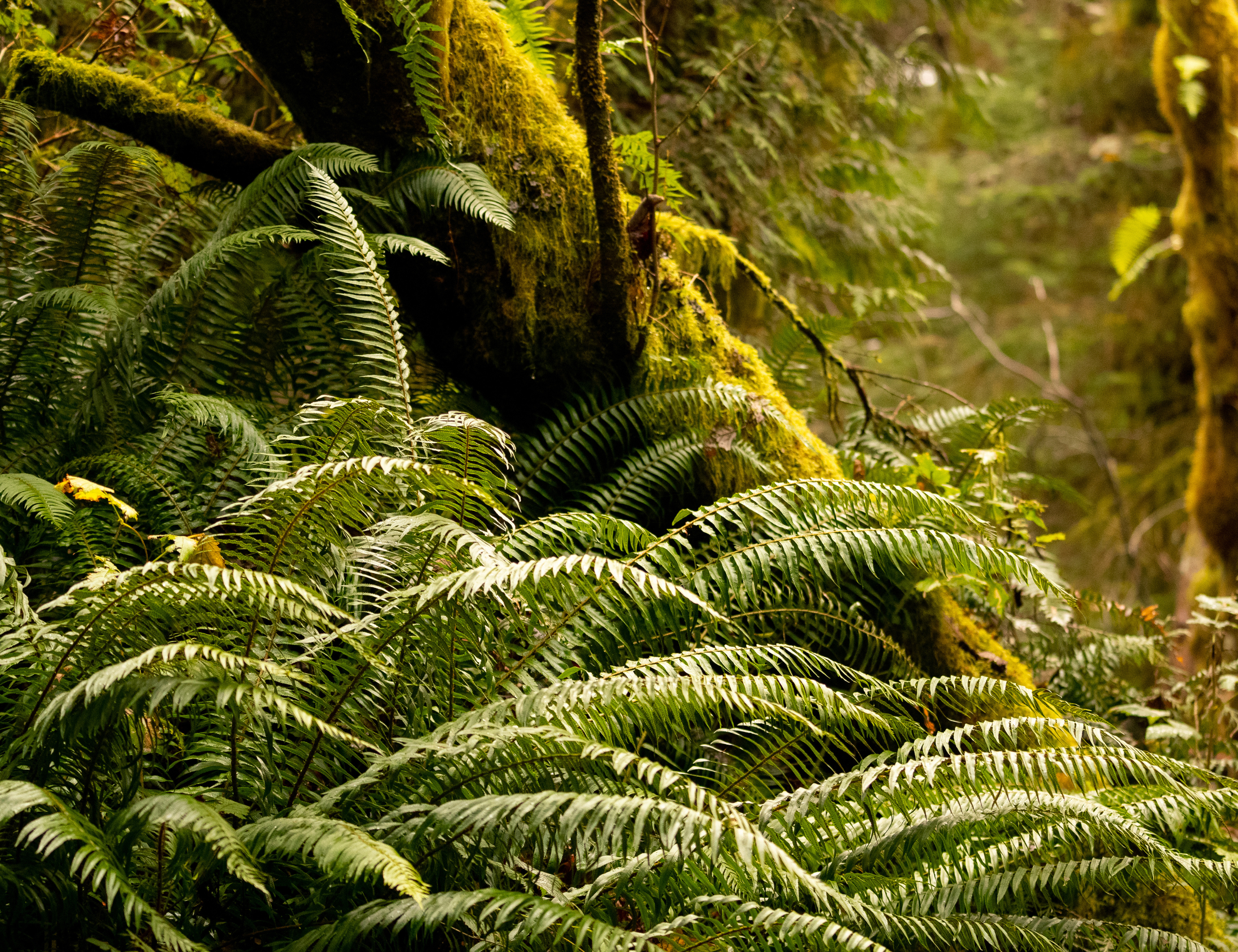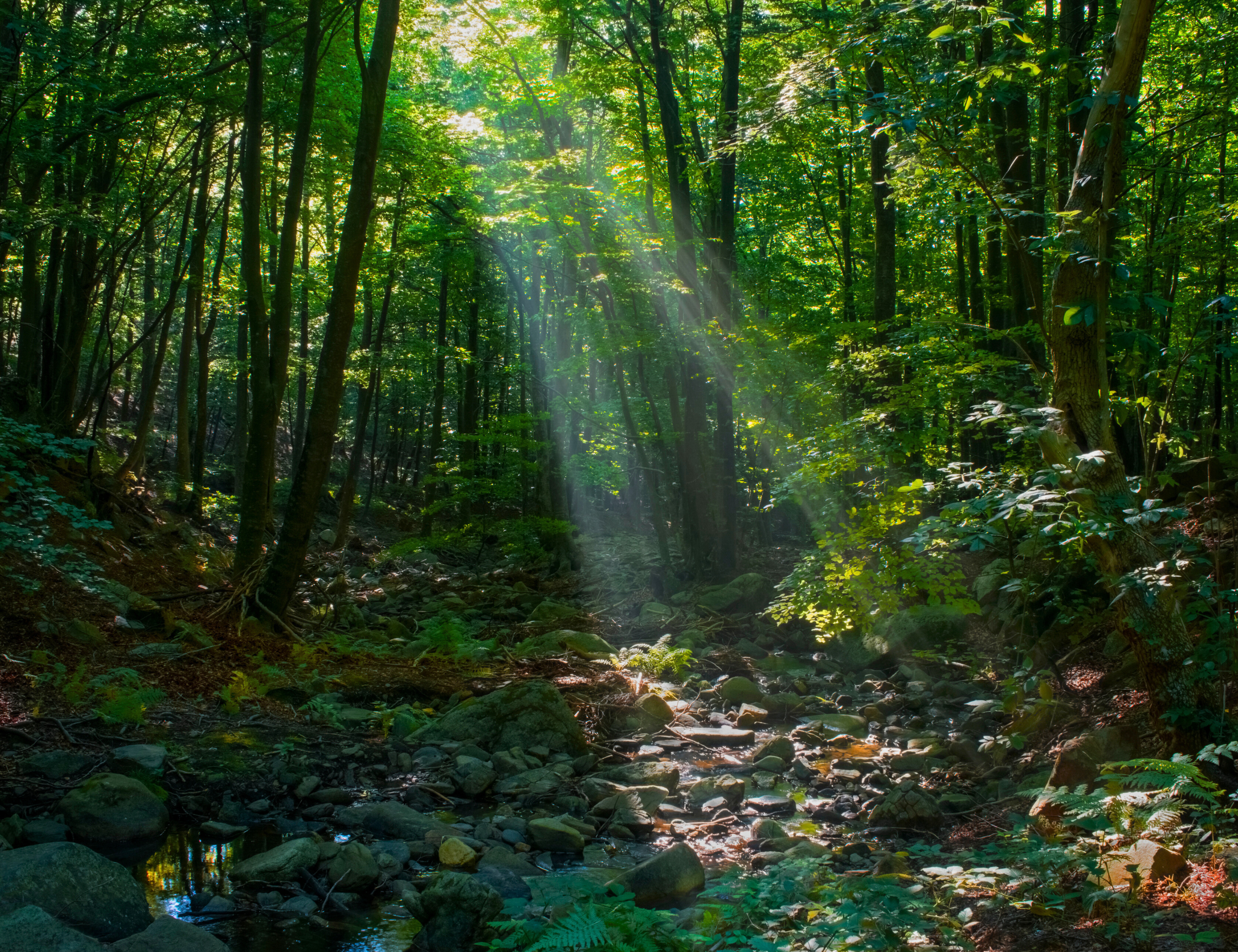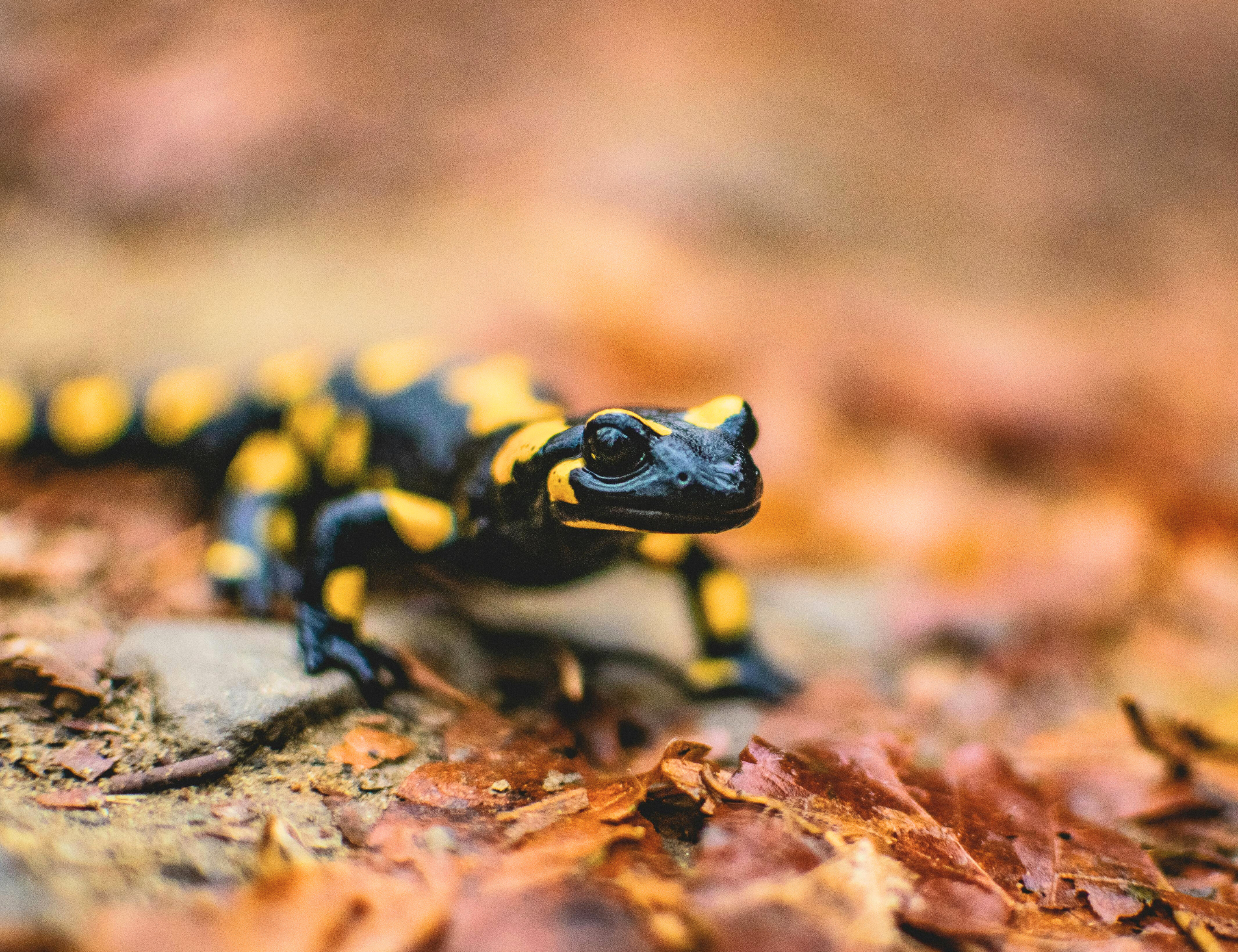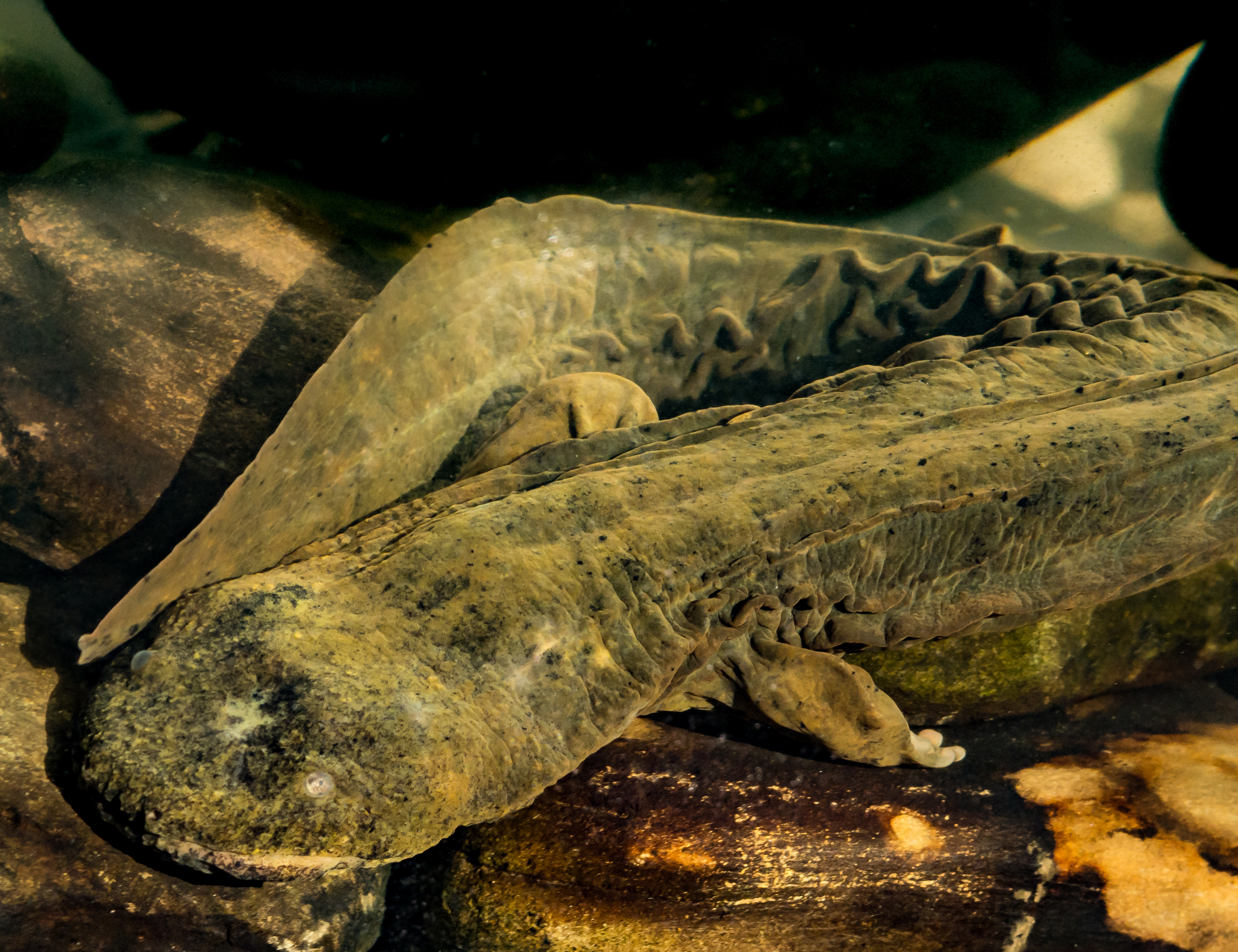Highlands Biological Station
Biodiversity of Highlands, NC
The southern Appalachian Mountains are among the most biologically diverse regions in the temperate world. This extraordinary biodiversity is reflected in both the wide variety of species and their abundance. Nearly 10,000 species are known to inhabit the region—and more are discovered each year, some entirely new to science.
Certain groups of organisms, such as salamanders and fungi, reach their greatest diversity here. Other notably diverse groups include trees, mosses, millipedes, spiders, moths, beetles, and snails. Many of these species are endemic to the region, meaning they are found nowhere else on Earth.
In addition, several northern relic species—like the pygmy shrew, red squirrel, northern saw-whet owl, skunk cabbage, and ground juniper—persist far south of their typical range in the cool, moist, high-elevation forests of the Southern Appalachians.
Why Do We Have So Much Biodiversity?

Refuge during the Ice Age
During the Pleistocene Epoch (about 11,000 years ago), glaciers covered much of North America. As they advanced, northern species moved south and found refuge in the Southern Appalachians. When the ice retreated, many stayed, leading to the diverse mix we see today.

Mountains and Microclimates
A wide range in elevation mimics the effect of moving north or south, encouraging an overlap of species. Deep river gorges provide cool, stable microclimates, while isolated mountain peaks act as “habitat islands,” encouraging genetic diversity.

A Cool, Wet Rainforest
The region’s mild climate, with average temperatures ranging from 40° to 61° F, and abundant rainfall (87–100+ inches annually) creates ideal conditions for a variety of life. The Highlands Plateau even qualifies as a temperate rainforest!
Biodiversity in the Southern Appalachians

A Vast and Largely Hidden Kingdom
Fungi thrive in the wet, shaded habitats of the Southern Appalachians — and we’ve only scratched the surface.
-
Scientists have described nearly 2,300 species of fungi in the region.
-
Estimates suggest the true number could be as high as 20,000!
-
Includes everything from colorful mushrooms to molds and sac fungi.
Fungi are powerful decomposers, breaking down organic material and supporting the health of entire forest ecosystems.

Diverse Forests from Streambanks to Summits
Plant life in the Southern Appalachians changes dramatically with elevation, moisture, and slope — supporting an incredible variety of species.
-
Over 100 native tree species, 1,400 flowering plants, and 500 mosses and ferns.
-
Cove hardwood forests can support nearly 60 species of trees and shrubs in a single area.
-
Spruce-fir forests cap the highest peaks (above 5,000 ft), while northern hardwoods, pine-oak, and hemlock forests fill the spaces below.
This vertical diversity creates layered habitats, each with its own unique community of life.

Tiny Creatures, Huge Impact
Often hidden in leaf litter or under logs, invertebrates are a vital part of Appalachian biodiversity — and we’re a hotspot for them!
-
Over 460 arachnid species have been identified so far — possibly over 800 in total.
-
The region supports at least 230 species of millipedes, one of the highest diversities in the world.
-
More than 100 species of land snails, many of them endemic to these mountains.
These unsung organisms are essential decomposers, pollinators, and prey for larger animals — the quiet engineers of the forest floor.
Salamander Capital of the World
The Southern Appalachian Mountains harbor more species of salamanders than anywhere else on Earth — and they’re not just diverse, they’re abundant.
The Great Smoky Mountains National Park alone is home to 30 species, and even more thrive throughout western North Carolina.
Several foundational studies on salamander ecology were conducted right here at the Highlands Biological Station.
Read on to explore what makes this region a global hotspot for salamanders.

Built for the Mountains
Most Southern Appalachian salamanders are lungless and breathe through their skin. This means they require consistently moist environments to avoid drying out.
-
The region’s cool temperatures and high humidity are a perfect match.
-
Respiring through the skin allows for low-profile, energy-efficient living — but only in damp places.
Highlands’ climate gives these sensitive amphibians the stable conditions they need to thrive.

Foggy Forests and Hidden Havens
From misty peaks to stream-fed hollows, salamanders make use of the landscape’s rich diversity of microhabitats.
-
Forests are often blanketed in fog, keeping the air cool and damp.
-
Seeps, streams, moist leaf litter, and rotting logs provide shelter, food, and ideal breeding sites.
-
These habitats also support the invertebrates salamanders eat — a buffet hidden in the forest floor.
The Southern Appalachians are one big, damp welcome mat for salamander life.

Sharing Space, Avoiding Conflict
With so many species in close quarters, salamanders have evolved to specialize in different microhabitats and body sizes — reducing competition and predation.
-
A typical streamside community might include:
-
A large aquatic species
-
A medium-sized semi-aquatic species
-
A small terrestrial species
-
-
This niche partitioning allows for layered communities to coexist in harmony.
It’s a delicate ecological ballet — and the forest floor is the stage.
